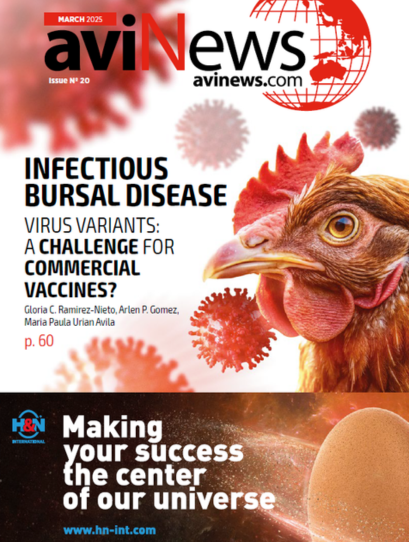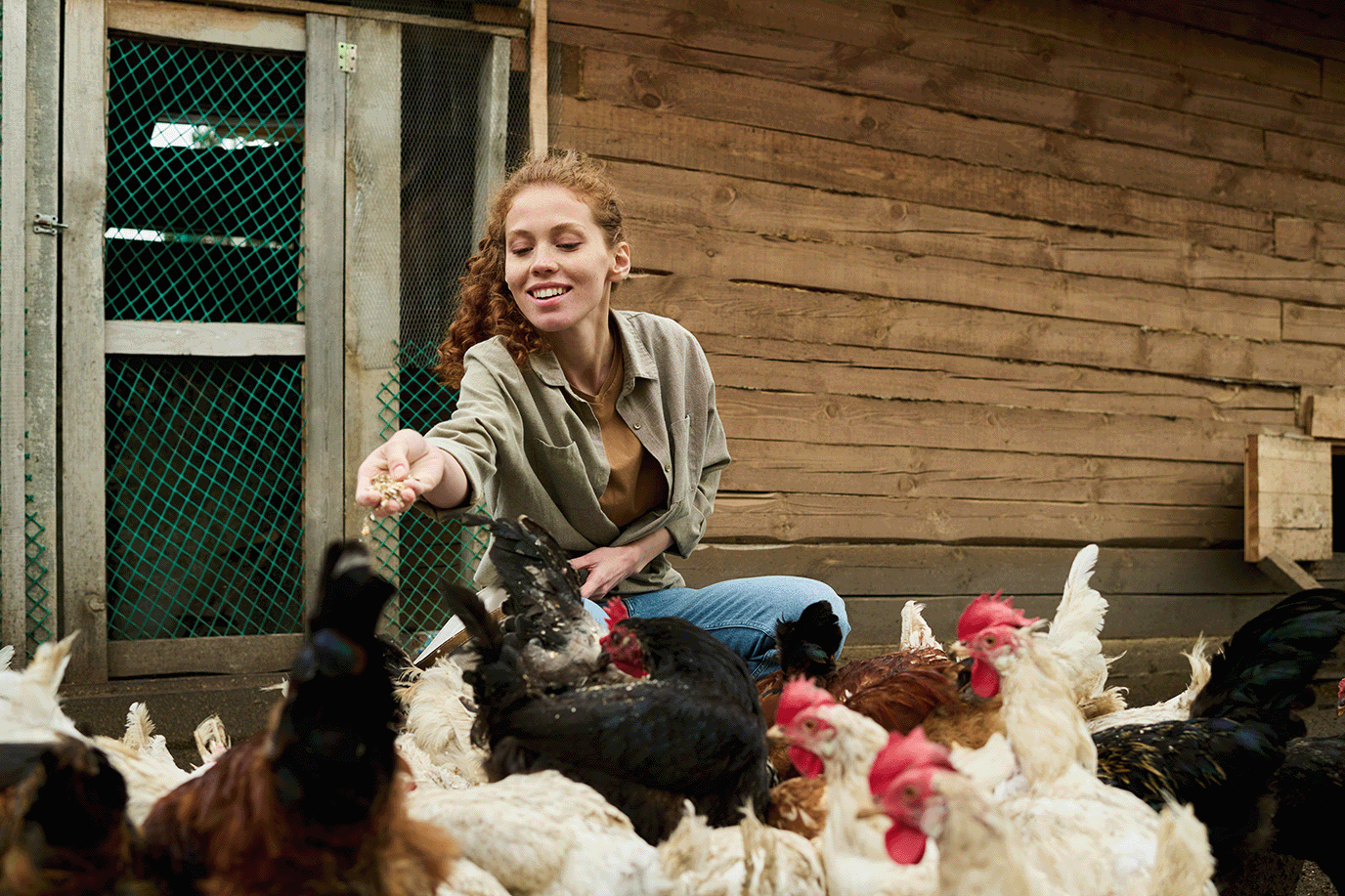Content available at:
Español (Spanish)
Mike Czarick, Brian Fairchild and Brian Jordan
Poultry Science Department, University of Georgia, U.S.A.
It is essential to maintain a good air quality overnight in order to avoide health problems in broilers and this must be considered a permanent task
One of the most important variables which must be controlled and should be kept as low as possible is ammonia gas
High ammonia levels can paralyze and/or harm cilia in the trachea, which are vital as part of the bird’s defense against pathogens and physical agents
Figure 1. Cilia in an intact trachea.
Cilia from the trachea are projections in the form of microscopic fingers on the trachea epithelium
On the trachea cilia there is a thin layer of mucous secretion having the function of capturing pathogens which may be physically transported in the dust of barns or aerosols. These cilia have a wave-type movement the purpose of which is to move pathogens and other particles towards the oral cavity so that they may be swallowed and eventually destroyed by the digestive secretions.
However, if the cilia are paralyzed or damaged, the mucous secretion -altered due to high ammonia levels-would allow the pathogens to more easily reach the lower respiratory tract. They would start replicating in the bronchi causing avian diseases (e.g. bronchitis). But also, these pathogens may destruct the epithelial cells and their cilia facilitating infection with secondary pathogen agents (e.g. E. coli).
Ammonia peaks are potentially more harmful than constant moderate levels thereof
We tend to focus concerns on the issue that implies constant and high ammonia levels, but it is relevant to consider that research has demonstrated that, sometimes, short periods of high ammonia level may be as harmful or more harmful than constant moderate levels thereof.
Therefore, we need to ensure that ammonia levels are maintained as low as possible not only during the day, but also overnight. During the coolest part of the year, air quality in re-breeding (breeding) tends to be fairly consistent during the day, with a generally common standard for most producers:
air exchanges are determined by the minimum ventilation mode
Minimum ventilation is controlled by means of predetermined settings- on computers or controllers.
Computers control time ventilation over 24 hours during the breeding stage
INITIAL PERIOD 1 TO 10 DAY-OLD CHICKS
Since chicks do not produce yet a large amount of metabolic heat, an...

















